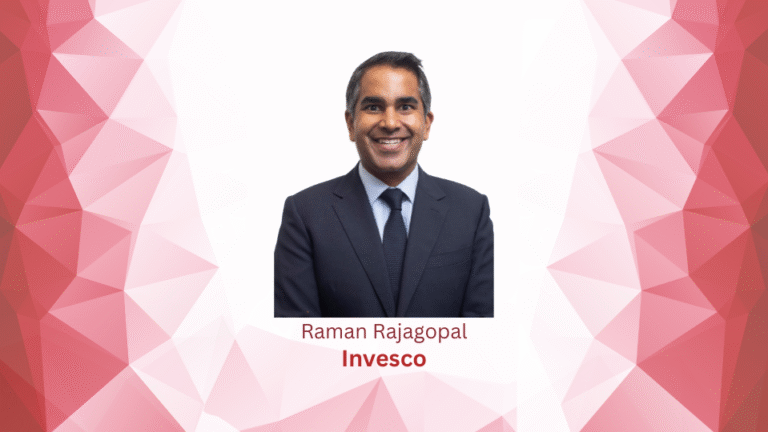By Eric Marchand, Managing Partner at Collyer Capital as published in Insight Out #27
Singapore, a city state with a population of 5.6+ million and one of the highest incomes levels globally at USD 82,808 of GDP per capita, stands at the epicentre of the Association of South East Asian Nations (ASEAN) as a beacon of successful development, compliance to the rule of law and thriving business and trade. Recent geopolitical events and the pandemic have accelerated its secular increase in significance within Asia-Pacific, even globally, driven by Singapore’s inherent attractiveness as a financial and business hub but also by its geographic location. This well-run economy and state sits in the middle of the world’s fifth largest economic bloc with hugely promising GPD growth prospects at 4+% per annum on average until 2030. It is therefore interesting to look at Singapore as a hub on a standalone basis but also within a broader regional context and how the two combine to catalyse the ASEAN opportunity.
Singapore is fast becoming Asia-Pacific’s global hub…
Its location at a maritime crossroads being Singapore’s only real “natural resource”, business and trade have historically been a bedrock of its economy. The country has significantly accelerated its development since independence, basing its success on attracting global businesses to its shores. It kickstarted by growing as an industrial centre then progressively climbing the curve and becoming a technology-driven services and advanced manufacturing economy. A growing number of companies across sectors now have their ASEAN, Asia-Pacific and/or global headquarters here.
Singapore’s financial services sector has truly progressed over the last two decades, increasing in relevance versus Hong Kong. Leveraging on Singapore’s tax and business-friendly reputation, the government and its regulator, the Money Authority of Singapore (MAS), have built a solid local ecosystem based on global best practices, the latest example of which is the launch in 2020 of Variable Capital Companies (VCC). These umbrella fund/sub-fund structures are admittedly a leaf taken out of Luxembourg’s book and have been a huge success.
Over the years, on a standalone basis, Singapore has been orchestrating its rise to prominence as a global business and finance hub, recently accelerated by geopolitics currently at play. That said, its biggest opportunity may lie in its location once again, but this time more regionally, as the gateway to ASEAN.
… but its role and place in ASEAN may be the biggest asset…
ASEAN’s attractive GDP growth forecasts, expected at 4+% per annum until 2030, are only topped by India. Although recent supply-chain rebalancing away from China has further enhanced its manufacturing sector’s secular growth, the macroeconomic story is dominated by domestic consumption upgrade and growth.
The ASEAN-6[1]’s young population (under 30’s) exceeds 280 million, larger than the equivalent US and European demographic combined. In addition, this population will benefit from rising incomes expected to grow by 75+% on average by 2027 versus 2017 (excluding Singapore), thus growing the ranks of an ASEAN-6 middle class which should exceed 350 million by 2030. By then, it will be larger than the entire US population, yet only 50% of ASEAN’s.
Granted, this “emerging middle class” narrative may cynically sound like a broken record to many experienced investors, however, the region’s fundamentals may paint a different story this time. Compared to its developed market peers, ASEAN now seems geopolitically uneventful. An outspoken politician has come and gone in Manilla, Thailand has experienced a couple of military coups over the last decade, yet their economies remained largely unaffected. Looking closer at various ASEAN-6 economic and development indicators, inflationary pressures were contained, government debt levels remain healthy at 69% of GDP, ease of doing business is improving and currencies have been stable on a relative basis.
This optimistic picture of ASEAN’s rise in global significance should not make investors blind to its intricacies and potential pitfalls, but Singapore’s role as a gateway contributes to providing a viable and trustworthy access point to these complex markets.
… by catalysing access to growing but complex markets
ASEAN is more diverse than Europe on many standards (religions, cultures, development levels, currencies…). It comprises one of the wealthiest countries in the world but at the same time some of the poorest, therefore approaching it as a monolithic opportunity and risk set is ill-advised. At this juncture, looking at the regional investment opportunity, it is mostly constrained to the ASEAN-6, more frontier markets need to develop further before becoming truly relevant.
ASEAN’s private equity market has been experiencing healthy growth, reaching USD 49 billion in 2021 with a limited penetration at only 2+% of GDP, hence the opportunity set will likely expand further, however historical hindsight should help avoid throwing caution to the wind. Analysis ran across 2000 to 2018 vintage ASEAN-focused funds revealed that median performance was indeed strong at 18.9% net IRR but came with notable volatility at a 27.1% standard deviation, versus 15.5% and 15.7% respectively for European-focused funds over the same period. There are reasons to believe ASEAN’s improving market fundamentals and business environment should have a long-term moderating effect on volatility, however, it is also sensible to assume that a diversified and balanced investment approach should deliver strong returns while significantly mitigating volatility.
Operating and structuring deals through Singapore, under its jurisdiction, can also naturally alleviate some risks as its arbitrations are recognised across the region but mitigation may come in more practical ways. ASEAN abounds with successful family-run businesses, and some of the larger ones control large swathes of its various economies, as such, they would generally have significant assets and business interests in Singapore. When investing across ASEAN, business and market risk may still lie within the various countries companies operate in, yet, counterparty risk may be lower by virtue of transactions being structured via Singapore.
By combining as a regional hub for deal structuring and wealth/asset management, Singapore uniquely contributes to reducing transactional risks in the emerging markets surrounding it. This region’s already improving real risk/return arbitrage may therefore be more compelling than is perceived from the outside.
Conclusion
ASEAN, like any other emerging market, has its obvious attractions and subtle risks, yet there is general and specific cause for optimism. Firstly, data and events seem to support that ASEAN is at a critical juncture, ready to thrive as an economic force and investment destination, like China was well over a decade ago. In that context, Singapore’s distinctive features provide an optimised risk-adjusting window into this region’s broader opportunity set, which may indeed catalyse interest in ASEAN.
[1] ASEAN-6 countries are Indonesia, Malaysia, the Philippines, Singapore, Thailand and Vietnam.




